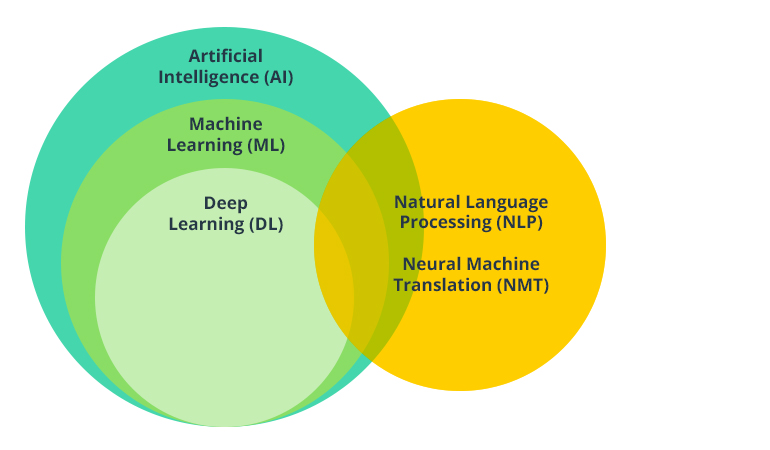
Large Behavior Models Revolutionizing AI Interaction
A New Dawn in AI Creation
In the quickly advancing world of artificial intelligence, a revolutionary concept is coming to the fore: large behavior models (LBMs). These models are swiftly becoming the linchpins in crafting AI systems capable of not just comprehension but also action. Unlike traditional large language models (LLMs) used primarily for text processing, LBMs gain their communicative capabilities through behavior-oriented enhancements, merging the intricacies of human-like interaction with the operational functionalities necessary for robotics.
Understanding LBMs is akin to appreciating the complexities of human learning. Recently, I found myself immersed in the culinary world, observing my son whip up a new dish. His process was a brilliant display of knowledge transfer, utilizing past experiences to navigate the culinary challenge ahead. This experiential learning mirrors how LBMs operate—by leveraging observations, questions, and iterative feedback.
Observational Learning in AI
In the kitchen that day, I learned more than just the steps to prepare a meal; I absorbed knowledge through observation—an interactive method that has profound implications in AI as well. In our current technological landscape, generative AI applications like ChatGPT and its counterparts are already familiar to millions. These tools allow users to explore a range of tasks, but the potential for AI to learn from us while we engage is an exciting frontier.
Imagine saying, “Let’s prepare a stir-fry. Can you help chop the vegetables?” and receiving tailored responses based on previous cooking styles. This scenario isn’t far-fetched once we adopt LBMs, which promise a digestive merging of generative capabilities with responsive actions tailored to user needs.
 AI learning in action, combining observation and interaction.
AI learning in action, combining observation and interaction.
Reinventing Human-Machine Interactions
The dialogues enabled by LBMs represent a paradigm shift. Historically, programming robots has typically required specialized knowledge and coding prowess. However, with the rise of LBMs, these barriers are beginning to diminish. One can envision a future where AI systems are not just reactive but proactive, observing user patterns and responding accordingly.
To illustrate this point, consider this hypothetical interaction with a cooking assistant robot:
User Prompt: “Go with a rough chop, please.”
LBM Response: “Understood. I’ll start with the carrots. Based on my multi-modal data, I estimate they should be about 1/2 inch thick for your usual texture preferences. Does that work?”
This level of interaction heralds a new age of intuitive communication with machines, fostering an environment where learning is reciprocal.
Navigating Challenges Ahead
While LBMs represent an exhilarating path forward, the journey is not without its hurdles. Significant challenges need to be addressed to ensure these systems operate seamlessly alongside humans. From dealing with the ethical implications of AI autonomy to ensuring robust educational models that foster effective interactions, the road ahead demands rigorous exploration.
However, the promise of LBMs goes beyond just expanding the capabilities of machines. We can anticipate a transformative effect on how we approach education, work, and even our personal lives. With LBMs in the picture, robots could evolve to become trusted assistants in a variety of tasks, enhancing our capabilities rather than merely automating interests.
 The future landscape of AI and robotics, intertwined with human learning.
The future landscape of AI and robotics, intertwined with human learning.
Conclusion: Embracing a New Era
As I reflect on these burgeoning advancements, I am reminded of the rich tapestries that make up our experiences with AI. The idea that machines can learn from our behaviors to improve their responses can fundamentally change how we design AI systems. LBMs could usher in a new era where AI is not only intelligent but also responsive and empathetic.
The transition from LLMs to LBMs is not just a technological evolution; it signifies a cultural shift in how we relate to machines, emphasizing cooperation and mutual learning.
It’s an exciting time to witness these developments unfold, and I for one can’t wait to see where this path takes us.
Let us prepare for a future rich with collaboration, where AI not only listens but actively participates in our lives, enhancing the very essence of human experience.














